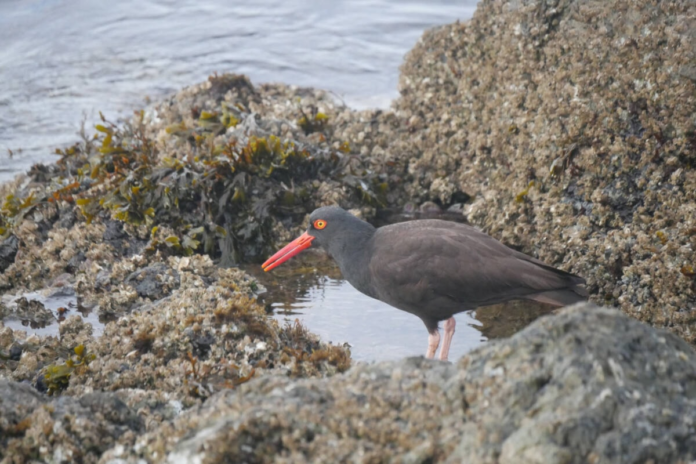Expert from local conservation group gives pointers on how to minimize risk of transmission in B.C.
The risk of spreading or catching avian flu is top-of-mind with a recent positive test on a Greater Victoria farm, hot on the heels of Canada’s first detected human case of the most recent strain.
Avian flu is primarily a disease of poultry, waterfowl and birds that associate with, prey upon, or scavenge poultry and waterfowl such as gulls, shorebirds, corvids and raptors. It also impacts food-producing birds and pet birds with the Canadian Food Inspection Agency (CFIA) leading the response in Canada. In 2022, 2023 and 2024, the H5N1 strain was confirmed in B.C. as part of a global outbreak.
B.C. had 54 sites identified impacting about 7,242,000 birds, as of Nov. 26. In contrast, Alberta had four, Quebec three and Manitoba and Saskatchewan one site each. While it may be rare in Greater Victoria, other parts of Vancouver Island have dealt with the viral infection that descends during wild fowl migration season.
While it can be spread to other species, it is believed to happen through contact with infected birds, said Ann Nightingale, of the Rocky Point Bird Observatory, a Greater Victoria conservation group that monitors, researches and educates the public on bird wildlife
“We have been aware of different strains of avian flu in the wild for many decades. With care, we can do our part to limit the spread and risk of this particularly virulent one,” Nightingale said. “It’s important to understand the risks of spreading or catching avian flu.”
The viral infection officially landed on the south Island when a positive test was reported on Nov. 21 in non-commercial poultry. Identified only as in the Capital Region, the CFIA designated a primary control zone on Nov. 27 to reduce the spread, covering a swatch of Saanich and Victoria from Sinclair Road to Fort at Douglas and along Dallas Road.
When attention is heightened in the region, Nightingale said the concern she hears most often is over backyard bird feeders and the risk of spread.
Transmission to and from other species is extremely rare and is not believed to occur at bird feeders, Nightingale said.
Agencies such as the CFIA recommend removing feeders only when there are backyard poultry or waterfowl in the vicinity.
The CFIA, Environment and Climate Change Canada, the Public Health Agency of Canada and Birds Canada are all agencies with the most up-to-date information, she added.
Basic guidelines include not feeding any waterfowl, gulls, or other waterbirds or handling any wild bird by hand. Prevent contact between wild birds and domestic animals by removing exterior/outdoor sources of food, water, and shelter that attract wild birds. Clean backyard feeders and baths regularly, a good practice in general to prevent the spread of several possible pathogens.
Authorities do not recommend handling dead or sick birds. Residents can report them to the Canadian Wildlife Health Cooperative at 1-800-567-2033.



